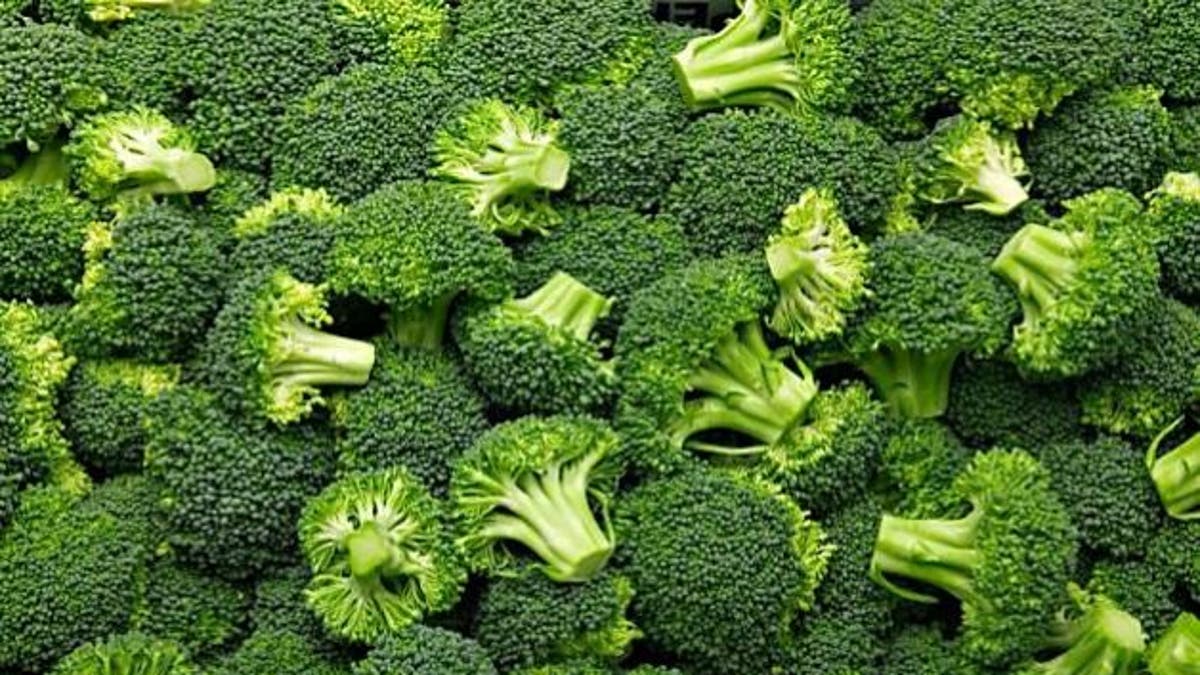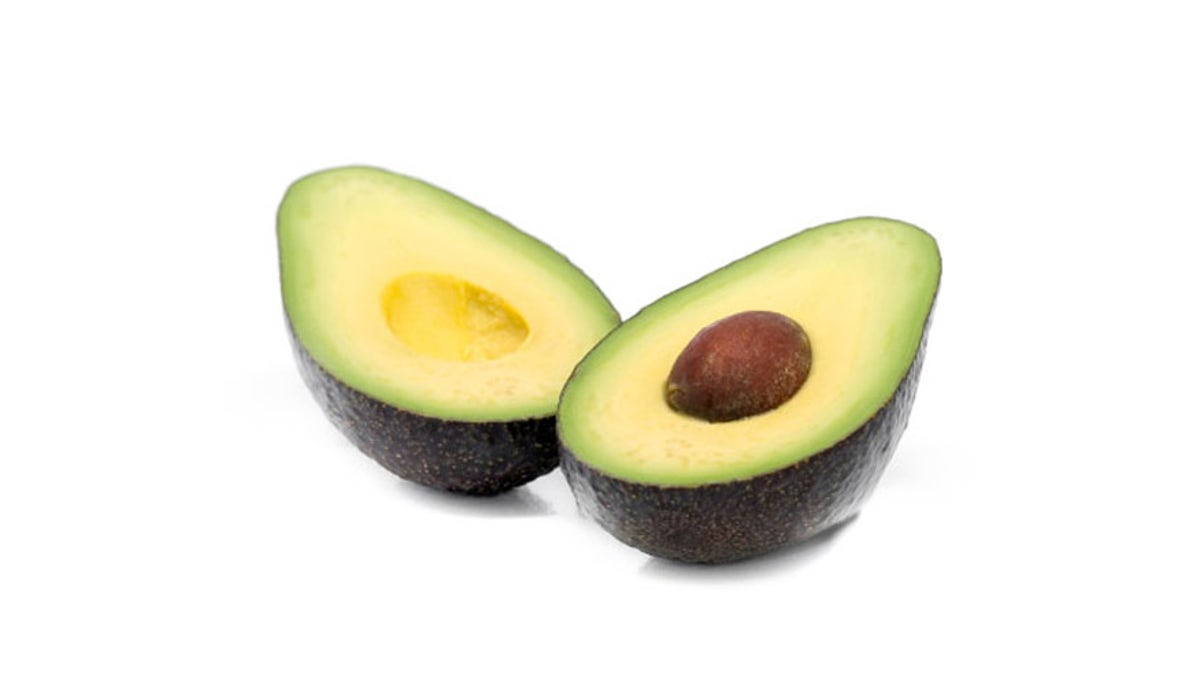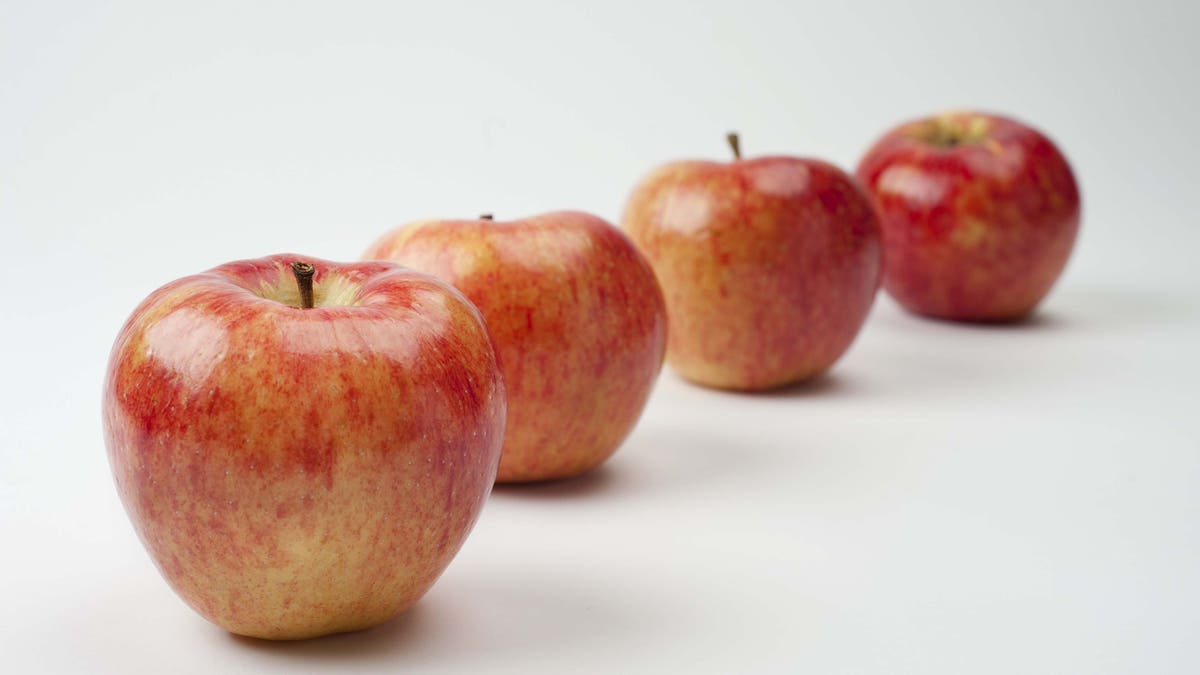It’s seems like a no-brainer; if you’re going to eat the skin of a fruit or vegetable, rinse it under cold running water first. But most people are unaware that all fruits and vegetables should be washed — even those with inedible skins or rinds. Millions of people are sickened each year by contaminated food (as many as 48 million, according to the United States Food and Drug Administration) and many times the source of the outbreak is produce.
Properly washing produce can help eliminate harmful germs or bacteria and can help prevent food-borne illness.
There are several ways that produce can become contaminated. As it is grown it comes into contact with animals, soil, water, and farm workers — all of which can introduce harmful substances to the fruits and vegetables. Once produce is harvested it passes through several sets of hands (as it is packed, shipped, purchased, prepared, and stored), each of which has the potential to contaminate the food with harmful bacteria and germs.
As a general rule, you should always wash your hands with warm soapy water both before and after preparing fresh produce. Almost all produce can be washed under cold running water (no need to use soaps or detergents) — produce that is either firm or thick-skinned should be gently scrubbed with a brush to help wash away hard-to-remove microbes. Then, once your produce is washed, be sure to dry it with a clean towel or paper towel so that you don’t re-introduce germs. Once your produce is properly washed and dried, it can be peeled, sliced, or cut.
There are a few fruits and vegetables, however, which require special attention when it comes to cleaning — here's a quick guide to washing them.

(iStock)
1. Broccoli and Cauliflower
Broccoli and cauliflower have lots of crevices where germs can hide. Soak broccoli and cauliflower in a bowl of cold water for two minutes before rinsing them under cold running water.

(iStock)
2. Avocado
You probably don’t think to wash the skin of an avocado before cutting it but the skin can harbor harmful bacteria and can contaminate your knife as you cut. Be sure to rinse the skin and scrub it gently with a brush before cutting the avocado.

The just-released Riverbelle is one of well over 100 new apple varieties to hit markets around the world in the past six years. (iStock)
3. Apples
Stems can trap bacteria and dirt. Be sure to trim both ends of the apple after washing it under cold running water with a brush.

(iStock)
4. Hot Peppers
You should wear gloves when handling hot peppers, even when you’re washing them. The pepper’s natural oils can burn your skin and eyes.
Check out these tips for washing your favorite produce.
More from The Daily Meal
9 Foods Most Likely to Cause Food Poisoning
11 Sneaky Places Germs are Hiding in Your Kitchen
